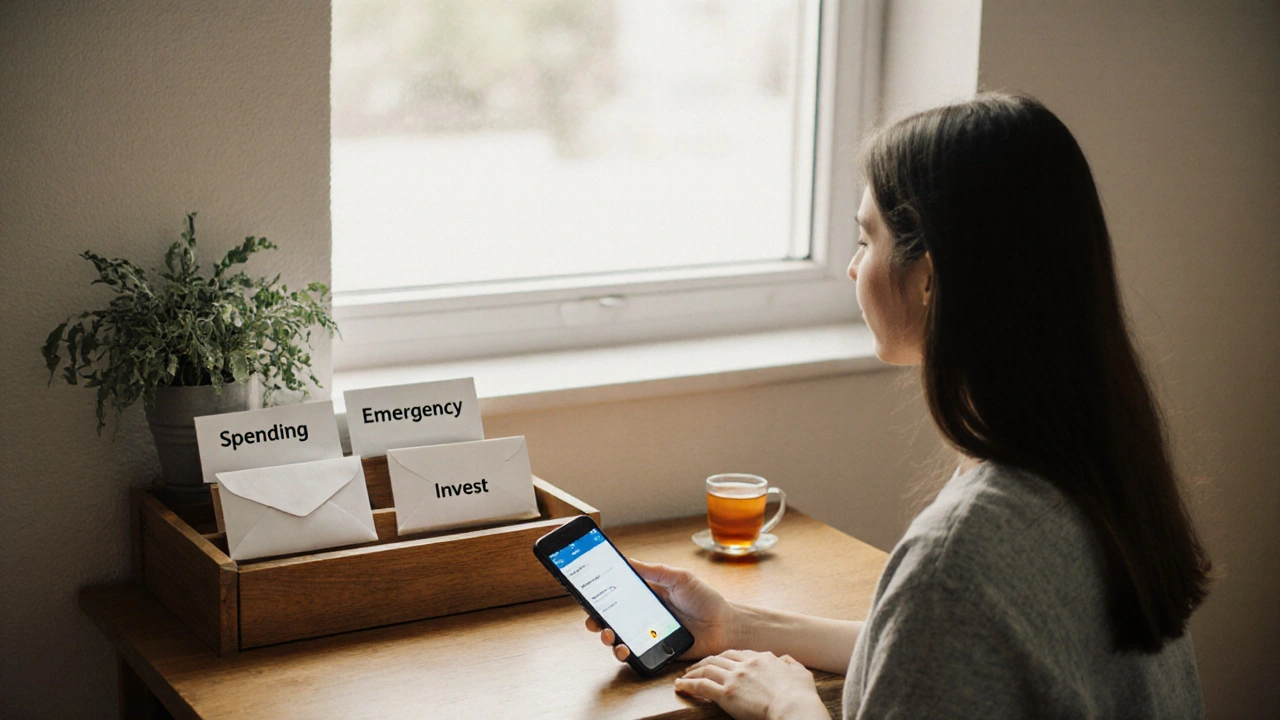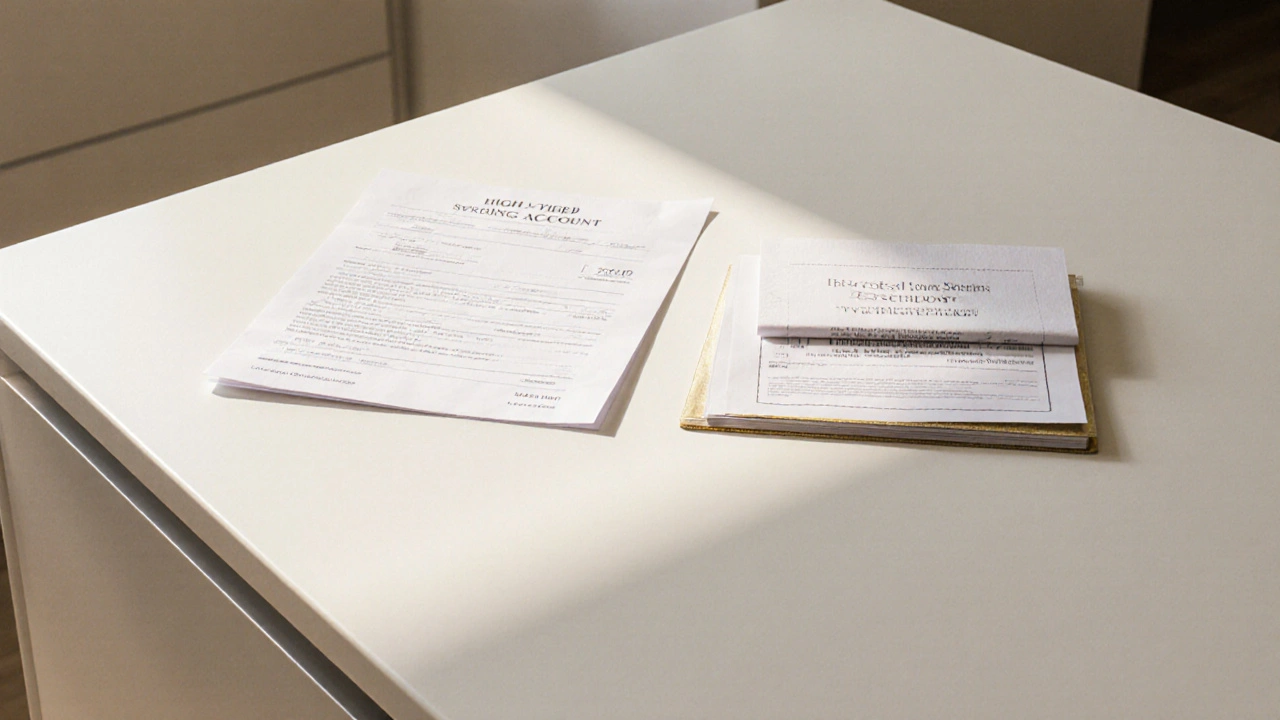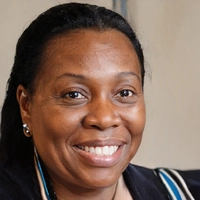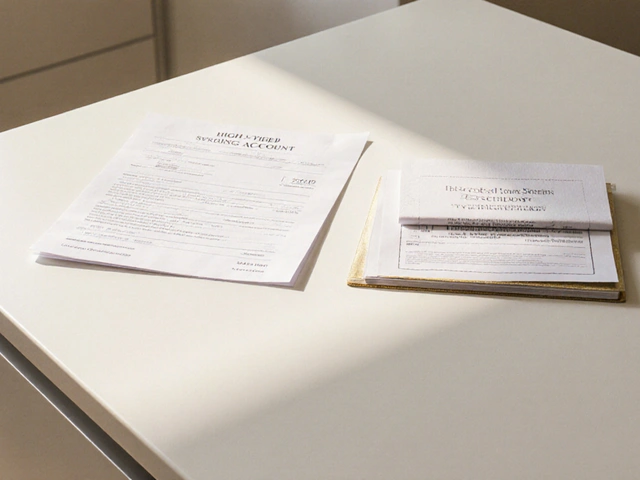Emergency Fund Calculator
Your Minimalist Emergency Fund
Calculate how much you need to save for 3-6 months of bare-bones living expenses. Minimalist finance means covering essentials only, not your lifestyle.
Minimalist finance means having just enough to feel secure. Your emergency fund should cover basic needs only—housing, food, utilities, and essential transportation.
For example, if your monthly essentials cost $2,000 and you want a 6-month fund, you need $12,000. Saving $500 a month would get you there in 24 months.
Most people feel overwhelmed by money. Not because they don’t earn enough, but because they’re juggling too many accounts, too many apps, too many rules. You check your bank app three times a day. You’ve got five different budgeting tools open. You’re trying to track every coffee, every subscription, every impulse buy. And still, at the end of the month, you’re left wondering where the money went.
Less Is More When It Comes to Money
The minimalist approach to personal finance isn’t about deprivation. It’s about removing the noise so you can see what actually matters. Think of it like decluttering your closet-you don’t throw out everything. You keep what you use, what you love, and what serves a real purpose. The same goes for your finances.
Start by asking: What’s the minimum I need to feel secure and free? Not what the internet tells you to save. Not what your neighbor is doing. Not what your bank’s app suggests. Just what works for you.
Most minimalist financiers operate with just three accounts: one checking account for daily spending, one savings account for emergencies, and one investment account for long-term goals. That’s it. No credit union accounts. No separate savings jars for vacations, cars, or holidays. No apps that track your spending by category. You don’t need them.
One Budget, One Rule
Forget zero-based budgeting. Forget the 50/30/20 rule. If you’re trying to simplify, those systems add complexity. Instead, use the minimalist budget rule: spend less than you earn, and put the difference somewhere safe.
Here’s how it works in practice. You get paid. You pay your rent, utilities, groceries, and one or two real needs-like transportation or healthcare. Then you move the rest into savings or investments before you even think about fun money. No spreadsheets. No categories. Just a simple transfer, every single pay cycle.
This method works because it removes decision fatigue. You’re not deciding if your $5 latte is worth it based on some arbitrary budget category. You’re deciding if you want to spend it at all. And when you’ve already moved your savings out of the way, spending becomes intentional, not automatic.
People who use this system report feeling more in control-not because they’re saving more, but because they’re thinking less about money. One woman in Austin told me she stopped checking her balance daily after switching to this method. "I used to feel guilty every time I spent $12 on lunch," she said. "Now I just know I’ve already saved what I need. If I want lunch, I take it. No guilt. No tracking. Just life."
Eliminate Financial Clutter
How many bank accounts do you have? How many credit cards? How many subscription services? Chances are, you’ve got more than you need.
Minimalist finance means cutting the dead weight. That $12.99 monthly app you forgot about? Cancel it. The second credit card you opened for a 0% promo three years ago? Close it. The separate savings account for "holiday funds" that you never touch? Merge it. Every financial product you hold should earn its keep. If it doesn’t make your life simpler, safer, or more free-it’s clutter.
One study from the University of Texas found that people who reduced their number of financial accounts from five or more to three or fewer reported a 40% drop in stress around money. Not because they made more money. Because they had fewer things to manage.
Start with your subscriptions. Go through your bank statement for the last three months. Circle every recurring charge you don’t remember signing up for. Cancel them all. Then do the same with your credit cards. Keep only one that gives you real value-like cash back on groceries or travel rewards you actually use. Delete the rest.
And if you’re using five different apps to track your spending? Delete them all. Use your bank’s built-in tools, or just look at your balance once a week. You don’t need real-time updates. You need clarity.

Focus on What Matters: Freedom, Not Numbers
Minimalist finance isn’t about hitting a savings goal of $100,000 or paying off debt in five years. It’s about buying back your time and peace of mind.
Think of it this way: every dollar you spend on something you don’t value is a dollar you’re trading for time you’ll never get back. You work 40 hours a week to pay for a gym membership you never use. You work extra shifts to afford a car payment on a vehicle you barely drive. You take on side gigs to keep up with a lifestyle that drains you.
Minimalism flips that. You stop buying things to fill a void. You stop measuring success by how much you own. You start asking: Does this add value to my life? Or does it just add noise?
One man in Dallas paid off $47,000 in student loans in 18 months-not by living like a monk, but by cutting out three things: a streaming service he never watched, a second car he barely used, and a monthly meal delivery plan he didn’t enjoy. He didn’t track every penny. He just removed the leaks. His income didn’t change. His stress did.
Build a Simple Safety Net
Minimalists don’t ignore risk. They handle it cleanly. That means one emergency fund. One place. One goal.
Save enough to cover three to six months of bare-bones living. Not your current lifestyle. Not your rent, your Netflix, your coffee runs. Just the essentials: housing, food, utilities, basic transportation. Calculate that number. Then automate a transfer every payday until you hit it.
Keep it in a high-yield savings account. Not a CD. Not a money market fund. Not a separate account with a fancy name. Just one account you can access quickly if something breaks. No need to label it "Emergency Fund" in your app. Just know it’s there.
Once you have it, stop thinking about it. Don’t check it weekly. Don’t move money in and out. Let it sit. That’s the point. It’s your quiet backup. Not a trophy. Not a number to brag about. Just peace of mind.
Invest Simply
You don’t need to pick stocks. You don’t need to understand ETFs. You don’t need to time the market. You just need to start.
Open a single retirement account-like a Roth IRA or a 401(k) if your employer offers one. Put your money into one low-cost index fund. Something like VTI (Vanguard Total Stock Market ETF) or FSKAX (Fidelity 500 Index Fund). Set up automatic contributions. That’s it.
Minimalist investing means no rebalancing. No switching funds. No checking your portfolio every day. You invest once, forget it, and let time do the work. Historically, the S&P 500 has returned about 10% per year over the long term. You don’t need to beat that. You just need to be in it.
One couple in Austin started investing $200 a month into a single index fund. They didn’t touch it for seven years. They didn’t panic during the 2022 market drop. They didn’t chase crypto. They just kept adding. Today, they have over $22,000-without ever reading a financial blog or watching a YouTube video on investing.

Debt? Handle It Like a Chore
Debt isn’t evil. But carrying unnecessary debt is a form of financial clutter. Minimalist finance doesn’t mean being debt-free at all costs. It means being intentional about what you owe.
Focus on high-interest debt first-credit cards, payday loans, personal loans with rates above 7%. Pay the minimum on everything else. Put every extra dollar toward the one with the highest rate. When it’s gone, roll that payment to the next one.
Don’t use the snowball method just because it feels good. If you’re trying to be minimalist, efficiency matters more than motivation. Paying off the highest-rate debt first saves you the most money over time.
And if you have student loans or a mortgage? Keep them. They’re low-cost debt. You’re not paying 18% interest. You’re paying 3-5%. That’s not a crisis. That’s a tool. Use it.
What Minimalist Finance Isn’t
It’s not about living in a tiny house. It’s not about never buying new clothes. It’s not about saying no to every treat or trip.
It’s about removing the things that don’t serve you. It’s about having fewer financial obligations so you can say yes to what does.
Maybe that’s taking a month off to travel. Maybe it’s starting a small business. Maybe it’s spending more time with family. Maybe it’s just sleeping better at night because you’re not worrying about money.
Minimalist finance gives you back your attention. Your energy. Your time. Those are the real currencies. Not dollars. Not points. Not savings goals.
Start Today
You don’t need to overhaul your life. Start small.
- Cancel one subscription you don’t use.
- Close one unused bank or credit card account.
- Move your next paycheck’s savings amount into a separate account-automatically.
- Open one retirement account if you don’t have one.
- Write down your bare-bones monthly expenses. That’s your safety net number.
Do those five things in the next week. That’s it. No apps. No spreadsheets. No guilt. Just action.
Minimalist finance isn’t a lifestyle trend. It’s a return to sanity. Money doesn’t have to be complicated to be secure. You don’t need to be a financial expert to be free. You just need to stop letting clutter steal your peace.
Do I need to stop spending money to be a minimalist with finances?
No. Minimalist finance isn’t about stopping spending-it’s about spending only on what matters to you. You can still eat out, travel, buy clothes, or get a new phone. The difference is you’re not spending on things you don’t value. You’re choosing your spending instead of letting it happen by accident.
Can I still use budgeting apps with a minimalist approach?
You can, but most people find they don’t need them. Apps often add complexity by tracking hundreds of categories. Minimalist finance works better with simplicity: one checking account, one savings account, one investment account. Check your balance once a week. If you’re saving consistently and not overspending, you’re doing it right. No app required.
How much should I save if I’m following minimalist finance?
Save enough to cover three to six months of bare-bones living expenses-housing, food, utilities, basic transport. That’s your emergency fund. Beyond that, aim to save at least 20% of your income, but only if it feels sustainable. The goal isn’t a number-it’s freedom. If saving 10% gives you peace, that’s enough.
Is investing necessary for minimalist finance?
Yes, if you want long-term security. You don’t need to be an expert. Just open one retirement account and invest in a single low-cost index fund like VTI or FSKAX. Set up automatic contributions. Then ignore it. Let time and compound growth do the work. You don’t need to pick stocks or time the market.
What if I have debt? Should I pay it off first?
Focus on high-interest debt first-credit cards, payday loans, anything over 7%. Pay the minimum on other debts while you attack the highest-rate one. Once it’s gone, roll that payment to the next. Low-interest debt like student loans or mortgages? Keep them. They’re not emergencies. They’re tools. Your goal is to reduce financial noise, not eliminate every dollar of debt.
Minimalist finance isn’t about becoming rich. It’s about becoming free. And freedom doesn’t come from having more. It comes from needing less.



